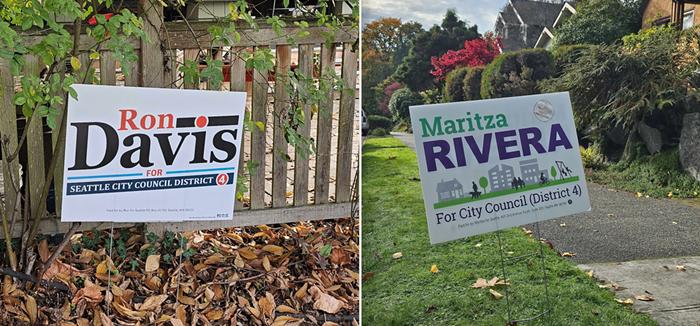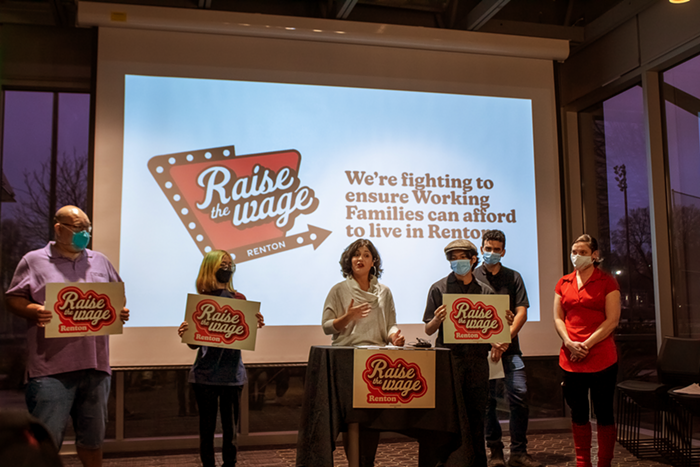The shortfall can be traced back to the economic downturn of 2000, when revenues from sales of luxury suites and club seats at KeyArena, which had funded annual payments from a 1995 renovation of the Sonics’ stadium, plummeted. In 1995, the Arena, which the Sonics rent from Seattle Center, underwent a $73 million renovation. The Center’s annual debt for the renovation was supposed to be paid off with private revenues from Sonics games. But when the economy began its steep decline, luxury-seat sales at Sonics games followed, forcing the Center to run deficits and pay for a growing annual shortfall by dipping into its operations budget. “Seattle Center needs to be growing right now, and not only is it not growing, it’s shrinking,” says David Heurtel, Seattle Center’s director of marketing. “The Kingdome, Qwest, and Safeco each have a dedicated revenue source [i.e., a tax]” to pay for capital improvements. “We’ve got to remove the KeyArena debt from the Seattle Center, bottom line.” Already, the report says, the Center has had to cut 50 positions to pay for the shortfall, of which the report recommends 20 should be restored immediately.
The Safeco-got-city-funding-so-we-should-too argument may not win Seattle Center much sympathy on the city council (the council’s biggest Sonics skeptics, Nick Licata and Peter Steinbrueck, were in Australia Monday, and the council member whose committee will take up the issue, David Della, had not returned a call by Monday evening) but the task force’s other argument might prove more compelling: Seattle Center, Heurtel points out, is a city department. As such, it relies on (and, Heurtel argues, deserves) ongoing city funding. Currently, the report notes, about 25 percent of Seattle Center’s budget—between $8 and $9 million a year—has come out of the city’s general fund. But that amount, the report argues, shouldn’t be seen as a prescriptive cap on spending. “Just as the city budget funds parks, human services, and educational support, it should continue to fund a portion of Seattle Center’s budget,” the report says. “To consider this ‘subsidizing,’ as is asserted by some, ignores the fact that Seattle Center is a public institution that generates public benefits for which the public should rightly pay.”
The ongoing public subsidy is only the first (and largest) of the task force’s proposals. The report also recommends that the Center restore the cuts to its operating budget, including safety and maintenance staff; that the city make a significant investment in the Seattle Center monorail; that the city pay for capital improvements to the Center, including the Center House; and that the city invest between $20 million and $3,200 million in KeyArena—The higher number if the Seattle SuperSonics stay in the city, the lower number if, as appears increasingly likely, they don’t.

















